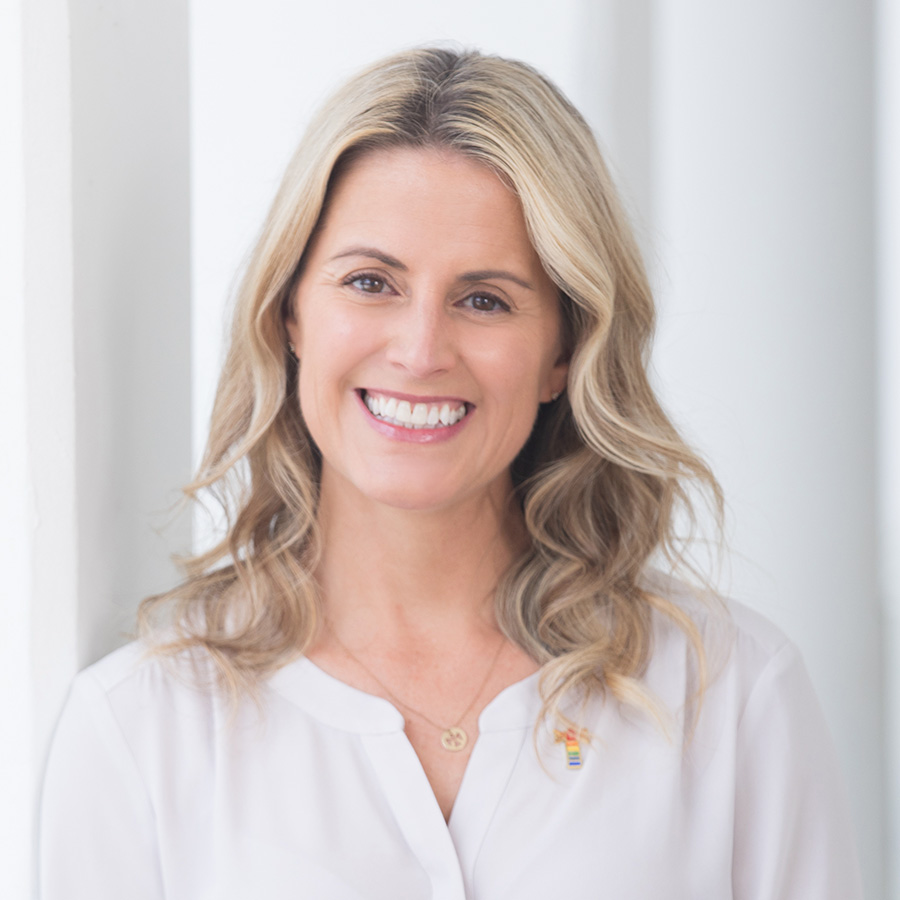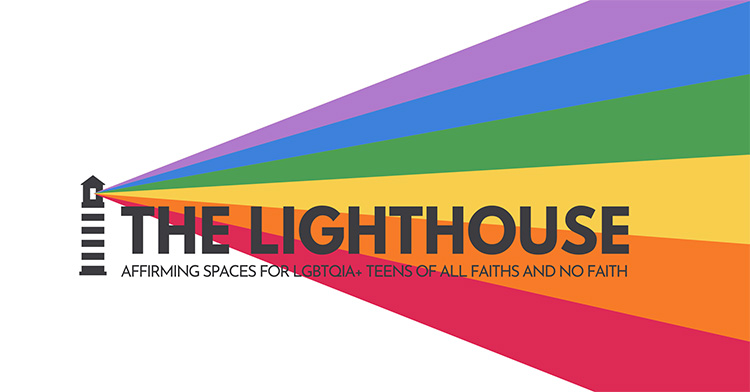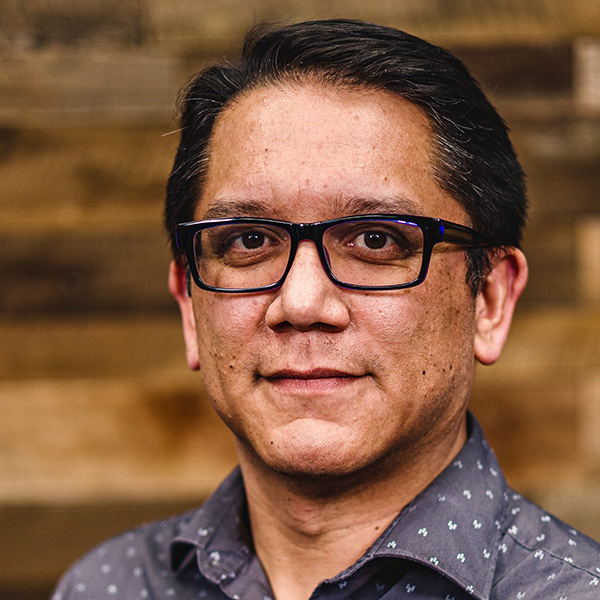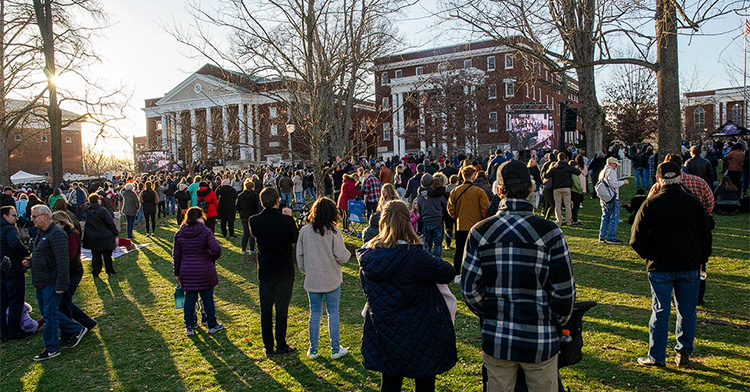When Rabbi Daniel Mikelberg joined the staff of Toronto’s Temple Sinai five years ago, the synagogue’s leaders were honest, if not exactly encouraging.
“When I came to Toronto, the leadership said to me, ‘You’re probably going to fail, but we still want you to prioritize young adult programming,’” recalled Mikelberg, one of three rabbis at the Reform temple in midtown Toronto, less than 10 miles from the vibrant north shore of Lake Ontario.
“There was recognition on the temple’s part that we weren’t adequately connecting with young adults. There was this sense of struggle: ‘Why aren’t they coming? Why don’t we see them anymore?’”
Outside the Orthodox community, synagogues throughout North America have struggled with those same concerns. Like their Christian counterparts, young Jewish adults are rejecting institutional religion. A 2013 Pew Research Center survey noted that 1 in 5 American Jews, while acknowledging their ancestry, described themselves as having no religious affiliation. That ballooned to 32 percent among millennials, those born after 1980.
Temple Sinai’s membership rolls are full, with 1,600 families, roughly two-thirds of them longtime members and some dating back four or five generations, Mikelberg said. But joining a temple because your parents and grandparents did and joining one because Judaism is relevant to the life you’re building are two different motivations, he said. The temple didn’t want to just enroll young adults; it wanted to engage them.
“It was easy to find people,” said Mikelberg, who jokes that his No. 1 task in those early years was meeting young adults for coffee. “The challenge was exciting them, inspiring them that this is your Jewish home.”

Photo courtesy of Temple Beth El
In early 2013, Temple Sinai and six other congregations across the continent banded together to address that challenge by joining the Union for Reform Judaism’s Emerging Young Adult Initiatives Community of Practice. The URJ, the umbrella organization of Reform Jewish congregations throughout North America, had just launched the Community of Practice concept, linking far-flung congregations with similar concerns for an 18- to 24-month learning experience.
Over the first six months, the URJ helped participants network and understand each other’s strengths and challenges. The organization shared research, coordinated webinars featuring expert advisers and introduced participating synagogues to practitioners who were already doing successful, innovative work in the area of young adult engagement. Then, armed with that knowledge and ongoing URJ guidance, each synagogue was encouraged to come up with a unique solution and test it out. Each congregation paid for its own experiments.
“They went on their own journey while also going on the journey with the rest of the congregations,” said Lisa Lieberman Barzilai, the director of the URJ’s Leadership Institute.
In Toronto, Temple Sinai’s young adults enjoyed periodic social events like Sushi in the Sukkah, held during the fall holiday of Sukkot. Volunteer opportunities with Habitat for Humanity offered the opportunity to practice tikkun olam, which literally means “world repair” and is commonly used to refer to the pursuit of social action and social justice.
The events were well-attended, but what Mikelberg wanted was to create a lasting bond between young Jews and the synagogue, to show them in a tangible way how Judaism connected to their real lives.
How could you, either formally or informally, seek wisdom and network with others?
“What was really beautiful about the Community of Practice,” Mikelberg said, “was it was a means to seek wisdom and network with fellow congregations with similar challenges.”
Inspiring ‘sacred action’
That collective learning approach had long been popular in the secular world, but the URJ believed it could be applied to synagogues as well, Barzilai said. A diverse pool of synagogues with a similar problem could share stories and learn from each other -- both lowering the risks of any one institution attempting change on its own and increasing the chances of success.
Since each Community of Practice included a mix of professionals and lay leaders across four time zones, the hardest part of coordinating each group was often finding a time when everyone could meet virtually, said Barzilai. But the benefits of including a broad network outweighed the challenges, she said.
“We didn’t always want to be known as the only ones who owned knowledge. We wanted the congregations to understand they also had knowledge and could share that with one another and with us, network with each other and learn from each other,” she said. “It’s not just us supporting them; they’re supported by other congregations they may not have had an opportunity to be in dialogue with.”
What questions would provide a framework for considering challenges in your organization?
As the congregations prepared for their experiment phase, Barzilai said, they shared their plans with the URJ, which then gave them a series of questions to reflect upon: Who within the temple should be included in communications about this experiment? What assumptions are you making? What issues do you want to address, and does this idea address them? The point, she said, was not only to help them polish their approach but also to provide a guide for future problem solving within the synagogue.
“Ultimately,” Barzilai said, “what we’re really about is trying to inspire sacred action.”
Throughout the process, Barzilai said, participants were encouraged to find new ways to measure success beyond just tracking attendance.
“What kind of meaning are we bringing into people’s lives? What kind of impact are we having on the way they move about in the world and the Judaism they practice? How deep is the relationship we are creating with them? And how deep are the relationships they are creating with one another?” said Barzilai.
“Whether you’re a church, a mosque or a synagogue is irrelevant. These are all things that we in the ‘religious meaning and connection’ business all want to be thinking about. When we assess success in a deeper way, we’re making the experience richer and more meaningful.”
Creating a community for young adults, young families
In Charlotte, North Carolina, Temple Beth El had sponsored Tot Shabbat services for families with young children and happy hours at area bars for young adults. Attendance was solid, but Cantor Mary Rebecca Thomas said she didn’t get the sense that participants were making meaningful, lasting connections with each other.
Furthermore, the groups never mixed; a congregant shared with Thomas that she felt as if she lost her friends when they had kids, that new parents “graduated” to some other plane where people without children couldn’t go.
When Thomas traveled to Chicago in January 2013 for the Communities of Practice kickoff event, she wondered whether the exercise could help her bridge that divide.

Photo courtesy of Temple Beth El
Beyond that, she wanted to approach unaffiliated Jews, those who were not financially supporting the synagogue but who might benefit from the programming. Participating in a URJ-led exercise gave her “more license to experiment” than she might have gotten otherwise, she said, and the result was The Porch, a community for young adults and young families.
“We wanted to create something that evoked that sense of being together and valuing relationships. If you’re 27 and your friend is 29 and just had a baby, you can still hang out on the porch,” Thomas said. “We can acknowledge that we’re in different places, but we can still create purposeful spaces where we can be together.”
The Porch, coordinated by Thomas and a group of about 10 lay leaders, sponsors events aimed at young adults, events aimed at young families, and “hybrid events,” where the two groups come together, said Thomas. Temple membership is not required.
“The purpose is to build relationships upon which people could build Jewish lives,” she said. “We want people to live in community. Once they’re connected, we can engage them in Jewish lives.”
Sixteen Shabbat Supper Clubs -- organized based on the members’ interests, the ages of their kids and sometimes just gut feeling -- gather monthly in each other’s homes to light Sabbath candles and enjoy dinner together. At the autumn Havdalah and Hayrides, participants enjoy a traditional havdalah service, which marks the end of the Sabbath, as well as hayrides, pumpkin picking, a corn maze, s’mores and a bonfire.
On a Saturday morning in July, temple members Jeremy and Liz Naman welcomed more than 60 people into their Charlotte home for a “Shabbat ShaBrunch” service on their back deck. Thomas led the service, which also featured the temple’s youth choir director and guitarist Patty Torcellini: “She’s like a rock star to the kids,” Jeremy Naman, 34, said.
The Namans had attended occasional services and programming for several years, but the creation of The Porch -- which coincided with the birth of their daughter -- inspired them to become regulars at temple dinners, social events and Tot Shabbat services, said Liz, 32.
Liz said she didn’t know about half of the people who came to the event at her home but was thrilled that they felt comfortable enough with The Porch’s programming to show up and meet new people.

members as well as those who are unaffiliated.
Photo courtesy of Temple Beth El
“The temple’s big into relational Judaism, where you measure involvement not by how many people you have [at an event] but do you have people at the temple you could call in an emergency, that you’re close enough with you can ask for help -- are you making connections?” she said.
“We have friends now through The Porch. They’re just our friend-friends. Not our ‘temple friends’ but legit, go-to-the-beach-with-each-other friends. And it’s not just me. I see pockets of that with other people.”
How can you look beyond the numbers to measure success?
For Thomas, that’s the measure of success. She said she keeps an eye out for newcomers and introduces them to existing members. And she loves nothing more than stumbling across the Facebook pages of The Porch members and seeing pictures of their kids attending each other’s birthday parties.
“You begin to move your mindset from, ‘Wow, there were 90 people at the Havdalah and Hayrides’ to ‘One of the best successes of Havdalah and Hayrides is that Miriam and Rachel exchanged numbers,’” said Thomas, who considers her unofficial job title “chief relationship maker.” “I see Rachel and Miriam exchanging telephone numbers as a sacred thing.”
Planting seeds for the future
To appeal to young professionals in Toronto, Mikelberg asked successful temple members -- like Harry Rosen, the executive chairman of the high-end men’s clothing retailer that bears his name, and Paul Godfrey, former president and CEO of the Toronto Blue Jays -- to host gatherings of young adults at their offices. There, the speakers would share business wisdom, the secrets of their success and what Judaism has meant to them.
Individually, the gatherings were popular, Mikelberg said, but he wanted something more sustainable. So as part of the Community of Practice, Mikelberg and temple member Adam Freedman created the Tzedakah Investment Club.
“I was just thinking, ‘What would I be interested in?’” Freedman, 32, said. “I’d be interested in learning more about investing, building wealth, and doing so in a socially responsible way and also a Jewish way.”
The club attracted about 15 members, each of whom contributed $72 to the tzedakah fund, which takes its name from the Hebrew word for justice. The amount of the contribution was derived from the custom of giving monetary gifts in increments of 18, which is the numerical value of the Hebrew word chai, which means “life.”
What unconventional opportunities for formation and leadership exist in your community?
Every six weeks for a year, experts met with the group to share investment tips, discuss the basics of stocks, bonds and real estate, and explore ethical decision making. As a group, the club decided how to invest the money from the tzedakah fund, which doubled over 12 months. At the year’s end, they spent half of the fund on a five-year Israeli bond and placed the rest in an account at the temple used to fund young adult initiatives. Members of the club still meet socially, said Mikelberg, and they vote on how those funds are used.
“We now have 15 leaders who are excited about next year, their relationships with each other and the congregation, leaders with a solid sense of what it means to plant seeds for the future,” Mikelberg said.
The effort gave young adults useful information to help them establish themselves financially, said Freedman, but it also gave them a stake in the synagogue’s future and an incentive to stay involved.
“I think what it did was created a bond between people, created roots in the synagogue. Going to shul is about being with people you like,” said Freedman, using the Yiddish word for synagogue. “That’s how you build a community.”
Questions to consider
Questions to consider
- How could you, either formally or informally, seek wisdom and network with fellow congregations with similar challenges?
- The Union for Reform Judaism gave synagogue leaders a series of questions to reflect upon as they began thinking about how to engage young adults. What questions would provide a framework for considering challenges in your organization?
- What "sacred action" do you want people in your context to engage in? How might you redefine that action for young adults?
- An investment club might not seem like an obvious way to bring young adults closer to their faith, but Adam Freedman says it helped form 15 young leaders in his synagogue. What unconventional opportunities for formation and leadership exist in your community?
- Cantor Mary Rebecca Thomas cites the example of two women exchanging phone numbers as "as sacred thing" -- and a measure of success. How can you look beyond the numbers to measure success?
















